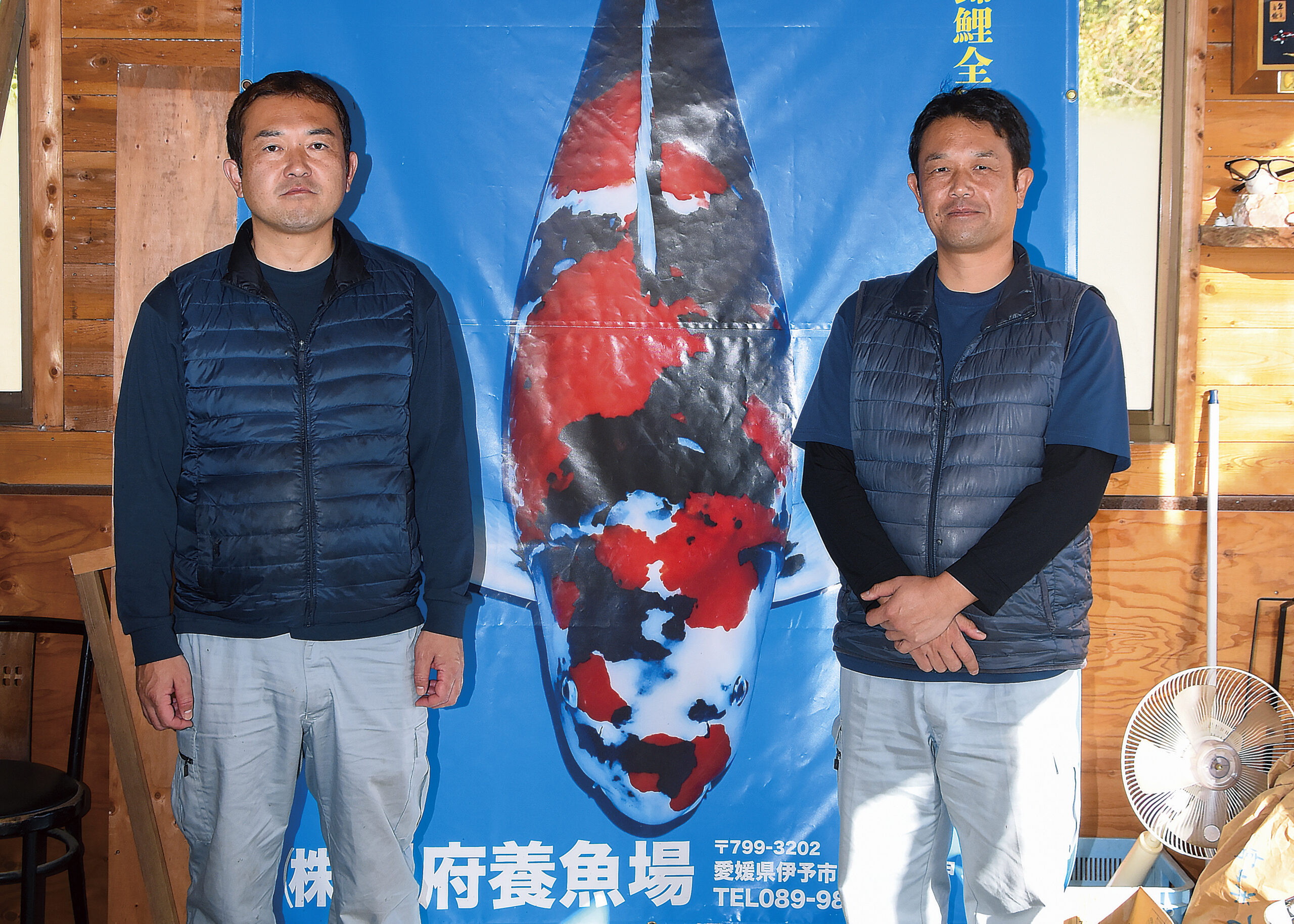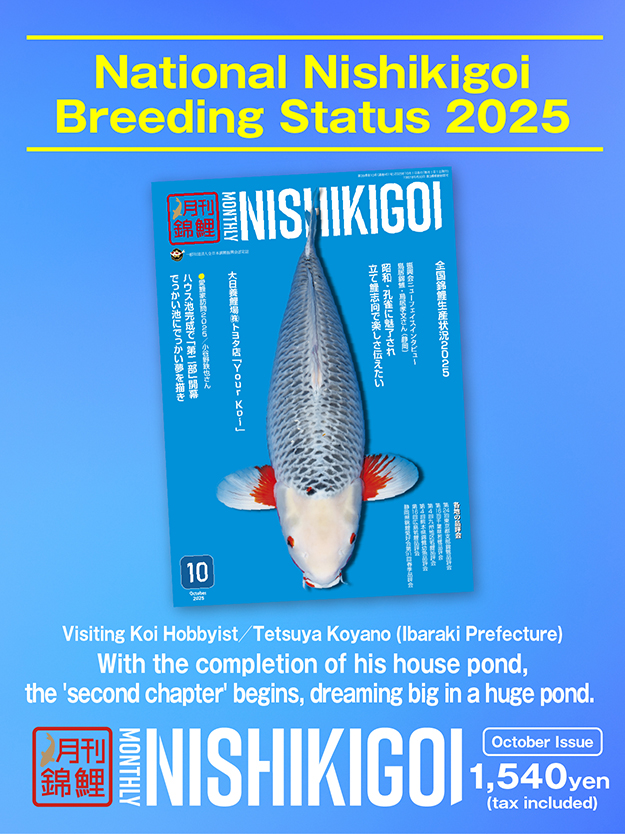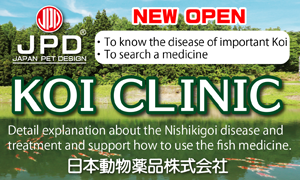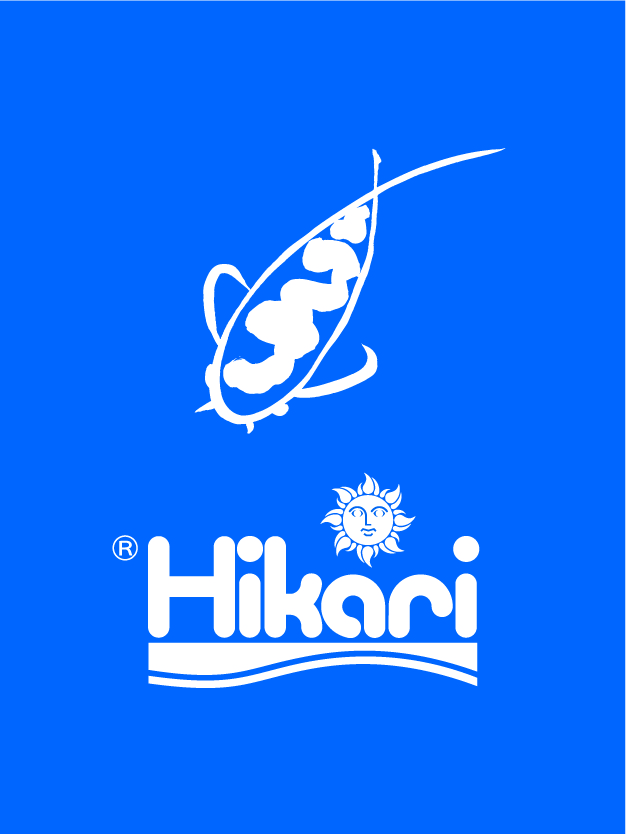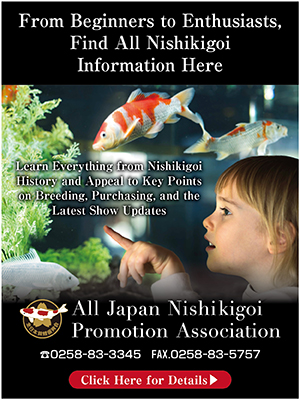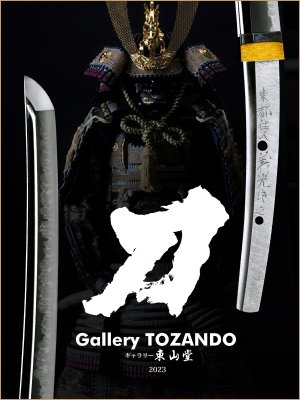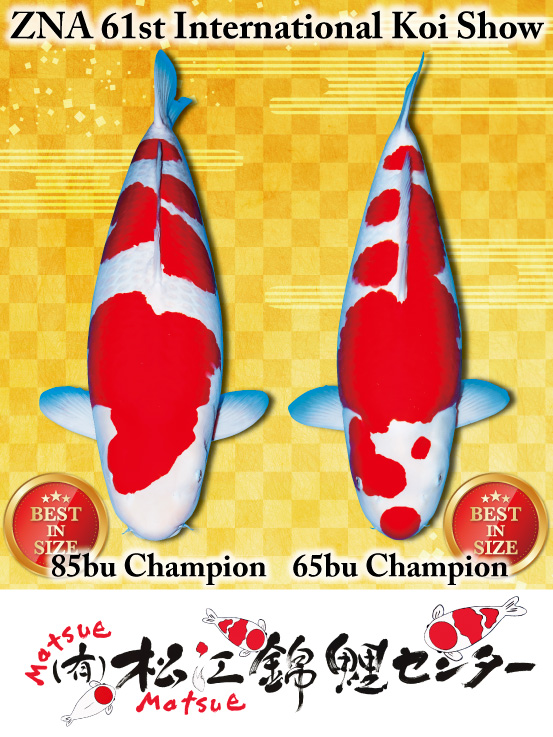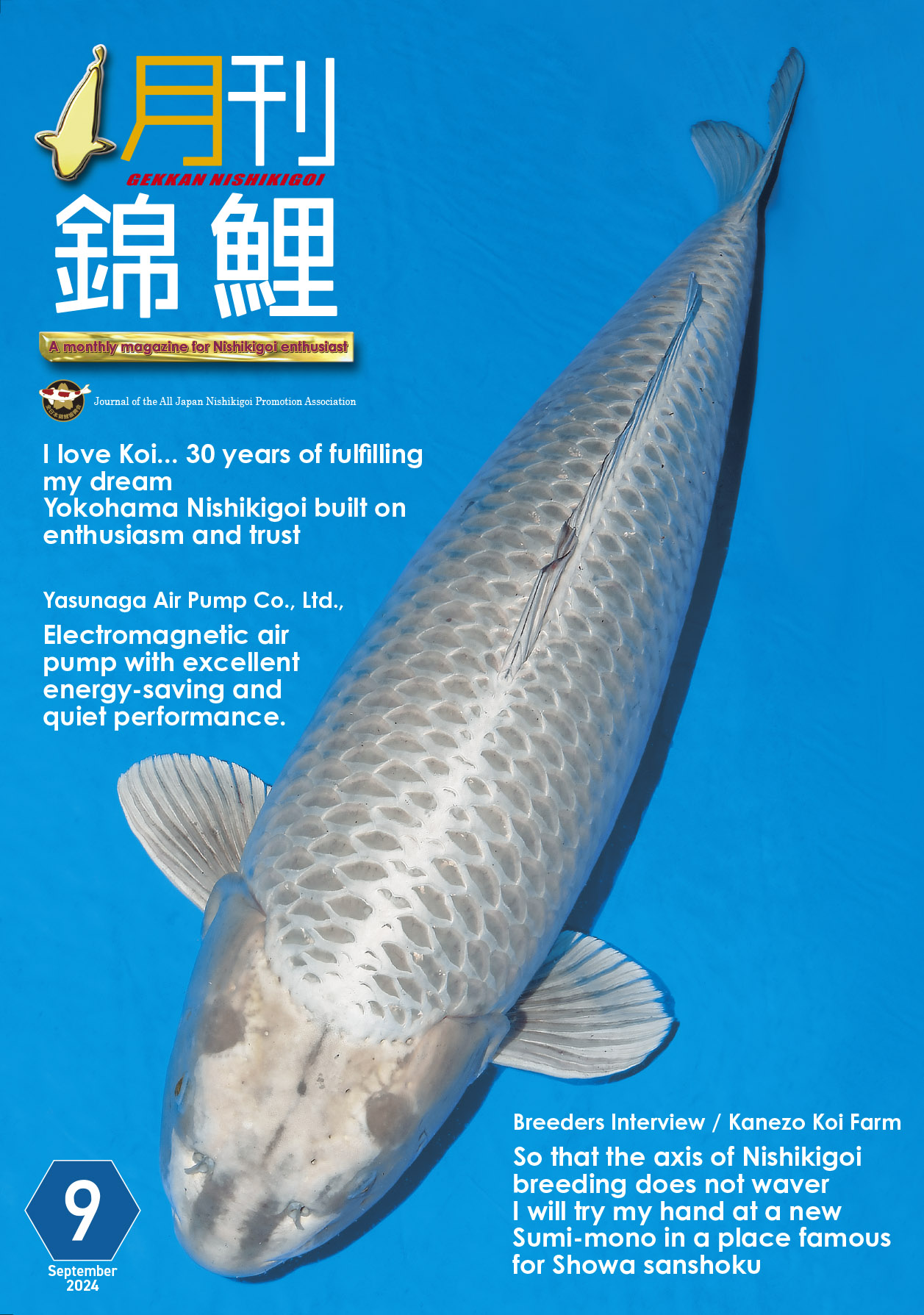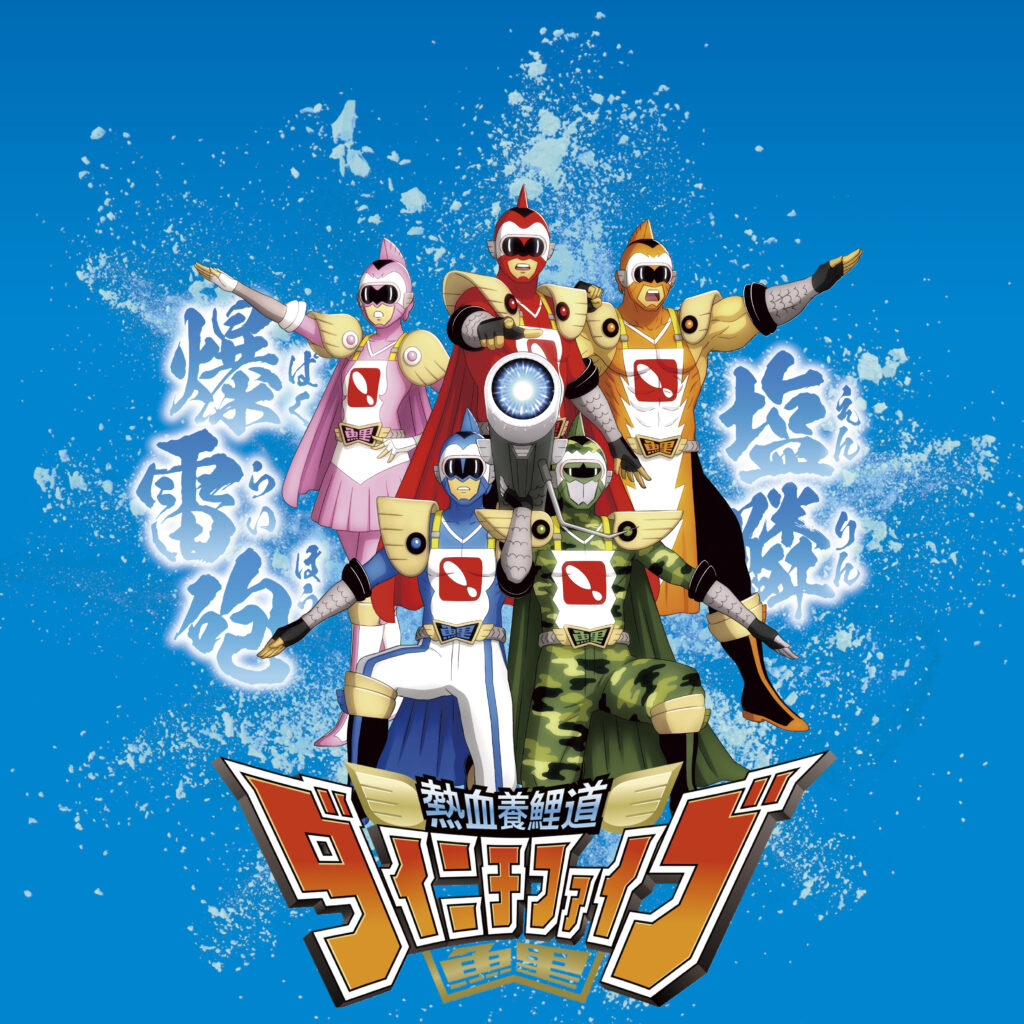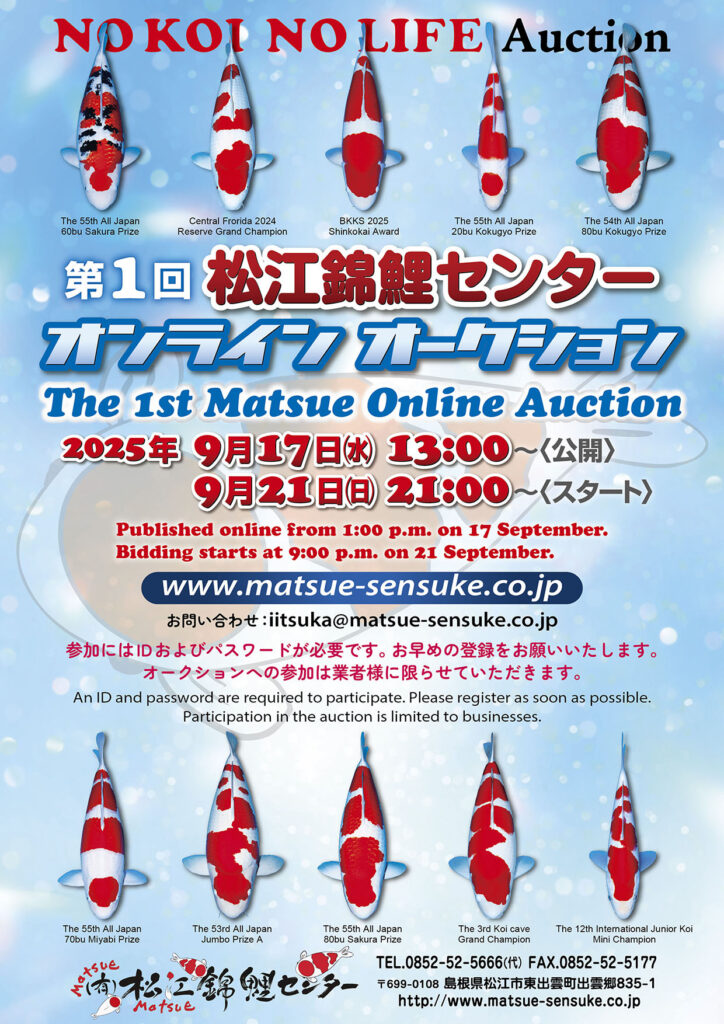Essential boiled feed for mud ponds.
Koi thrive on homemade blends made with premium dried sardines.
―You’ve mentioned that raising koi in mud ponds is one of your strengths. Besides the pond environment, do you have any unique methods or approaches to raising koi that are particular to you?
Takaharu: It’s not exactly something unique to us, but we’ve been using my father’s recipe for homemade paste feed for decades. The koi eat it well.
―Is it a secret blend?
Takaharu: It’s not much of a secret (laughs), but it’s made with barley and dried sardines. That really brings out a lot of flavour.
―I’ve heard Sakai Fish Farm makes its paste feed by mixing crushed pellets with sweet potatoes, barley, and other ingredients. Do you not use any commercial feed in your mix?
Takaharu: We add some mash, but the base is still barley and dried sardines. We don’t use the powdered form; we boil the whole ingredients and soften them. We also use steam-flaked barley, which is easier for the koi to digest and absorb.
―What’s the cost like?
Takaharu: It’s a lot cheaper. We get the dried sardines for free—these are the ones that would usually be discarded. When making dried sardines for human consumption, there are always losses, like ones that are too small or broken, and we can take those.
―Oh, I see… That might be a local advantage—something unique to the Seto Inland Sea area. For the factory, it costs money to dispose of the waste anyway, so they’re happy to let you take it for free instead.
Takaharu: It seems like they produce an enormous amount of it.
―Even if it’s considered waste, getting it is a significant advantage.
Takaharu: It’s very fresh—just made it.
―Do you use a high proportion of dried sardines?
Takaharu: It’s about half and half with the barley. We use roughly the same amount of each.
―If you were to buy dried sardines and make the feed, it would probably be quite costly, so that luxurious blend might be rare elsewhere. Do you only use that homemade feed in the mud ponds?
Takaharu: We also use regular feed with automatic feeders and give them boiled (paste) feed as well.
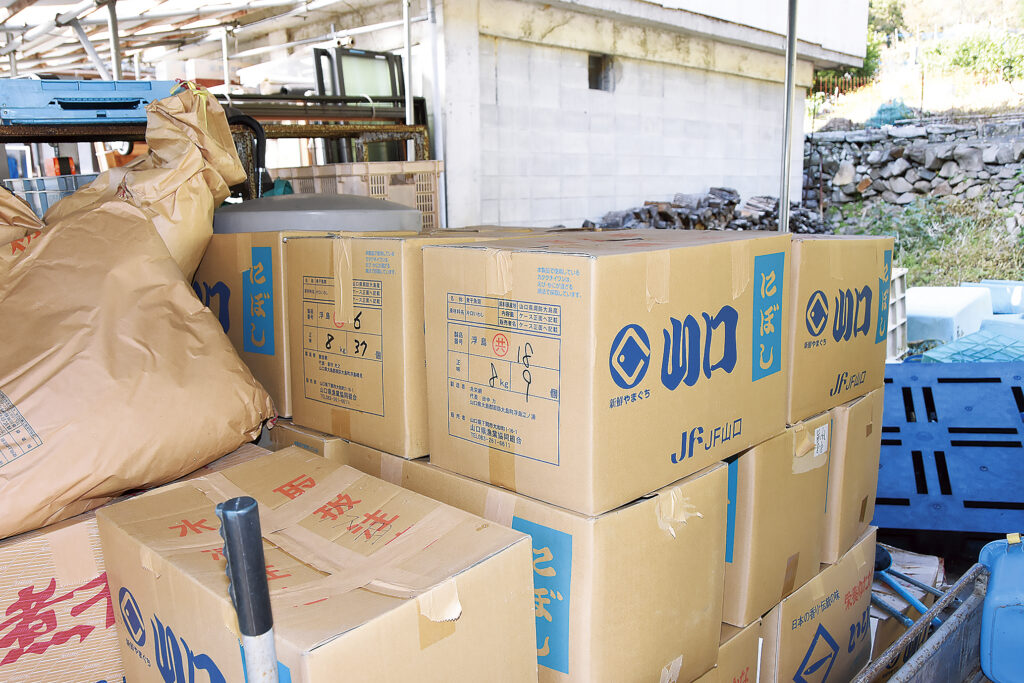
―Is it not enough to feed only the boiled feed?
Takaharu: Takaharu: Of course not. Formulated food is well-balanced, and koi readily eat it. We use it to encourage them to eat even more, so both types are necessary.
―Which one is used in greater quantity?
Takaharu: Regarding quantity, we use much more boiled feed. We put a massive amount into the pond, but it’s all gone by the next day. I think it improves our koi in the mud pond.
Even when the fish are almost full, they will still eat soft food. Maybe they get tired of solid food all the time. So, if we want to feed them more, I think soft food is better. The boiled feed is soft, and ours is not high in calories. They don’t get indigestion even if they eat a lot.
―That feeding is all done by hand, right? Is it worth the effort?
Takaharu: Yes, it is. Our mud pond system wouldn’t be effective if we didn’t do that.
―Do you boil, soften the feed, and then scatter it like balls?
Takaharu: It’s a big lump. If it’s just barley and dried sardines mixed, it becomes too mushy and dissolves quickly, so we use breadcrumbs or mash as a binder to firm it up a bit. We drop several of these lumps into the mud pond, and the koi come to them, eating over half a day or even a whole day.
―Feeding boiled feed has been a tradition since your father’s time, hasn’t it?
Takaharu: I remember we had the kneading machine since the old days, so I believe we used boiled feed for goldfish and other fish when we were kids. When we had our shop, we raised goldfish in the city’s fry ponds. We’d purchase goldfish from Yatomi (a city in Aichi Prefecture, famous as a goldfish breeding area), release them into the ponds, feed them to fatten them, and then sell them. I believe that’s when we started making boiled feed.

